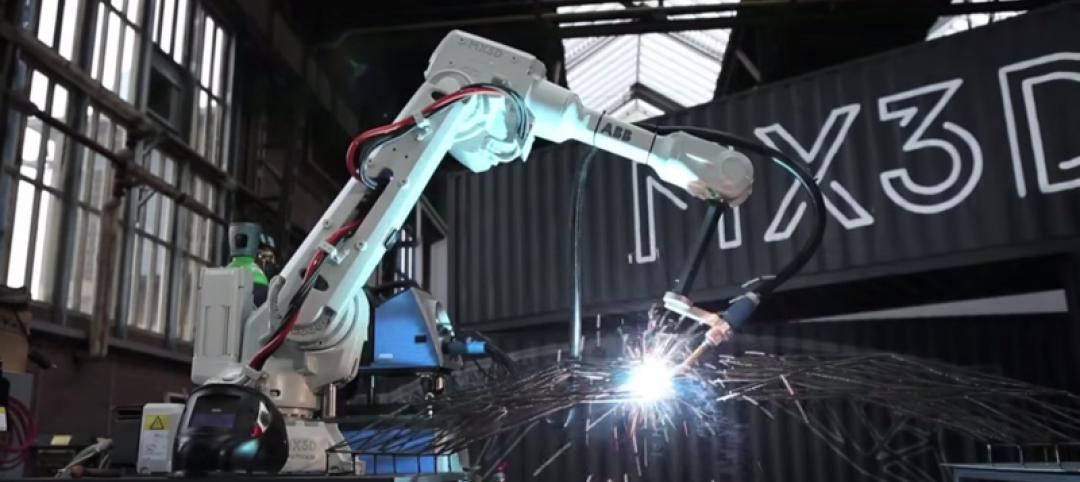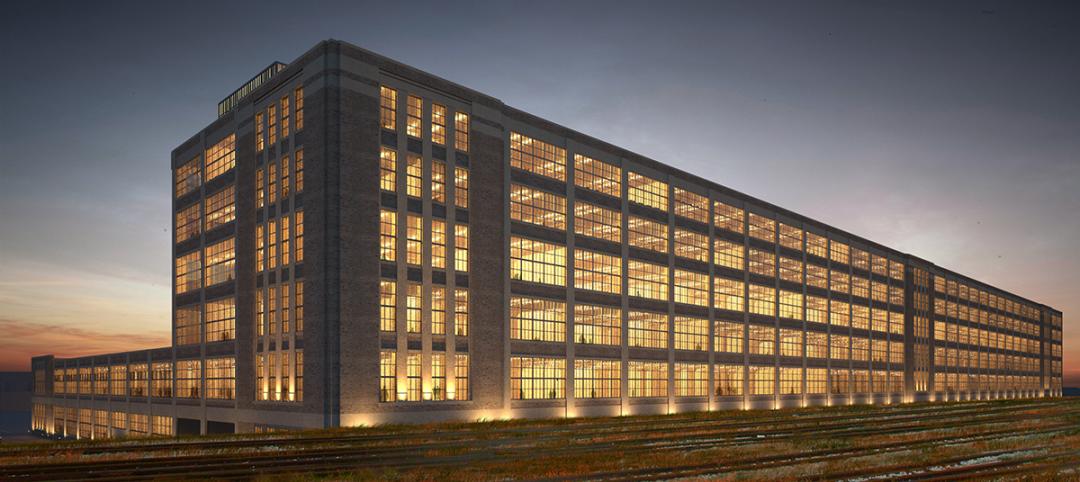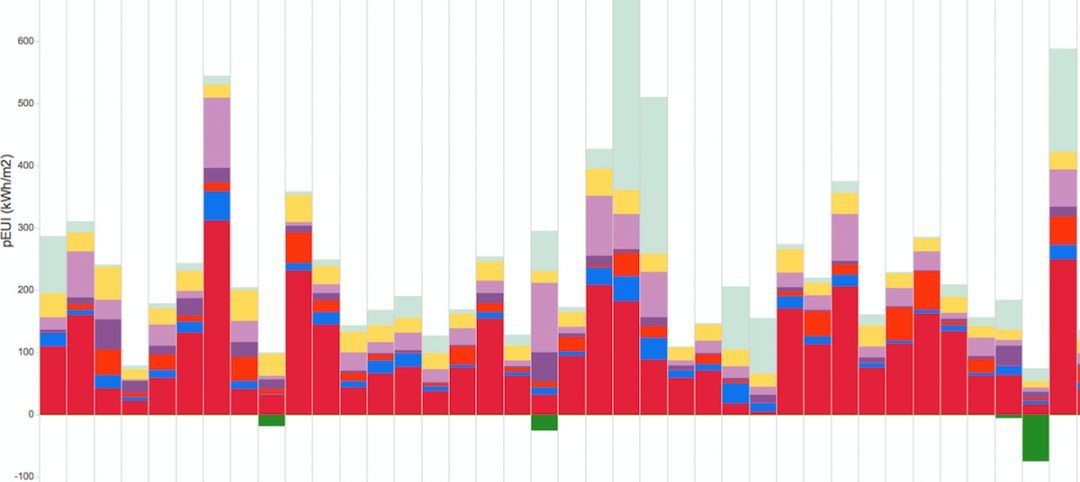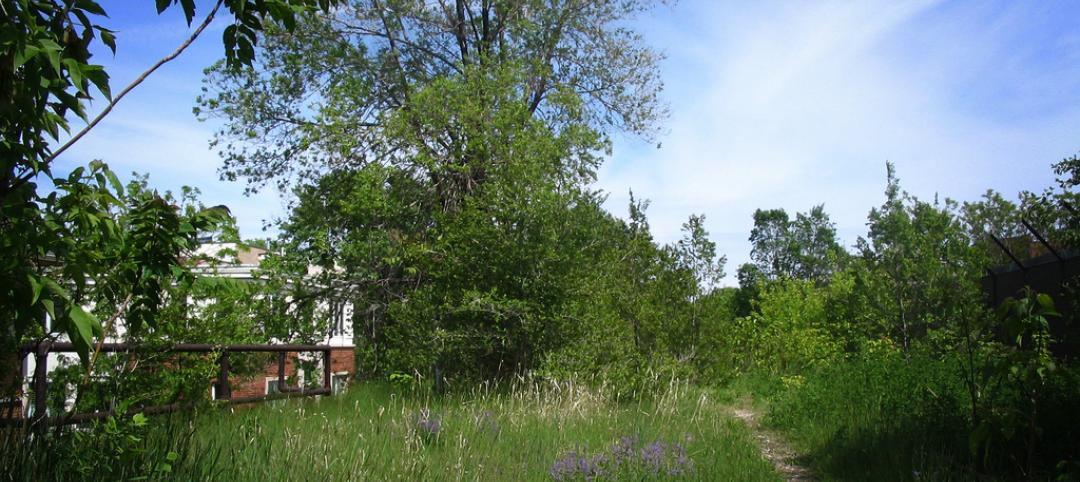Three LEED pilot credits on resilient design spearheaded by the Resilient Design Institute have been approved by the LEED Steering Committee.
The credits are designed for building teams to be aware of vulnerabilities, and they address the most significant risks in project designs including functionality of the building in the event of long-term interruptions in power or heating fuel. The credits encourage designers to plan for a wide range of natural disasters or disturbances as well as to consider longer-term trends affecting building performance such as climate change.
Specific assessment requirements are provided for the following hazard types:
- Flooding
- Hurricane
- Tornado/high wind
- Earthquake
- Tsunami
- Wildfire
- Drought
- Landslide/unstable soils
The Passive Survivability and Functionality During Emergencies credit addresses: thermal resilience, back-up power, and access to potable water. Creators of the credits recognize that they will be hard for many design teams to achieve. The intent is to “test-drive” the credits and then figure out if there are ways to refine and simplify them.
Related Stories
Smart Buildings | Jun 28, 2015
Why does an American city of 400,000 feel more compact than a European city of 2.4 million?
HDR’s Jim Thomson brings home some insights from a recent trip to Paris.
BIM and Information Technology | Jun 23, 2015
A steel bridge in Amsterdam will be 3D printed
To complete the bridge, multi-axis industrial robots will be fitted with 3D printing tools and controlled using custom software that enables the robots to print metals, plastics, and combinations of materials.
Smart Buildings | Jun 16, 2015
Former Studebaker plant to become mixed-use tech hub in South Bend, Ind.
Once the nation’s fourth largest automobile manufacturer, employing as many as 23,000 people in South Bend, the Studebaker campus closed in 1963.
Smart Buildings | Jun 15, 2015
NIST releases guide for community resilience planning
The guide lays out a six-step process that starts with the formation of a resilience team drawn from the community and culminates with the development and implementation of resilience strategies that are updated regularly.
BIM and Information Technology | Jun 14, 2015
Deep data: How greater intelligence can lead to better buildings
The buzzword may be “Big Data,” but the reality is that Building Teams need to burrow deep into those huge datasets in the course of designing and building new facilities. Much of the information is free. You just need to dig for it.
Smart Buildings | Jun 11, 2015
Google launches company to improve city living
The search engine giant is yet again diversifying its products. Google has co-created a startup, called Sidewalk Labs, that will focus on “developing innovative technologies to improve cities.”
Green | Jun 8, 2015
Maryland tech firm is developing spray-on solar panels for windows
Made primarily out of hydrogen and carbon, the coating can turn see-through surfaces into solar panels.
Green | Jun 8, 2015
Diamond Schmitt Architects creates tool to compare energy use data across building types
The firm's new ecoMetrics tool allows for a comprehensive analysis of data from energy simulation models across a wide range of the company’s building types.
High-rise Construction | Jun 5, 2015
Japanese policymakers discuss mandate for toilets in elevators
This quirky-sounding building code is a safety measure for the earthquake-prone nation.
Cultural Facilities | Jun 5, 2015
Chicago’s 606 elevated park opens
The 2.7-mile stretch repurposes an abandoned elevated train track that snakes through Humboldt Park and Bucktown.

















